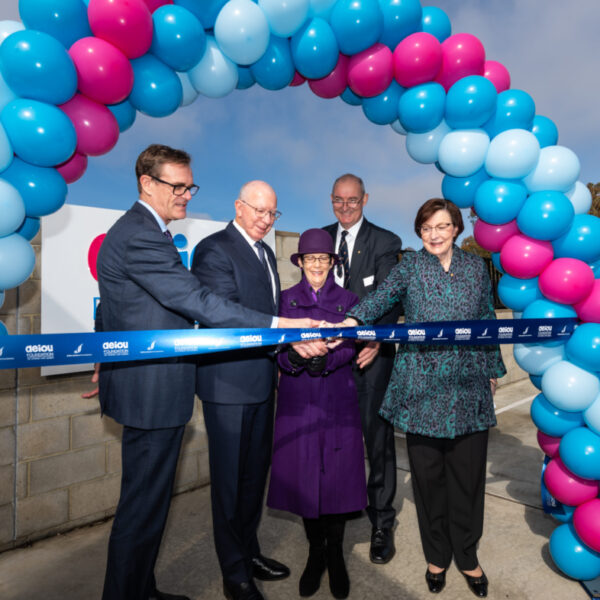Children with autism spectrum disorder develop social attention differently

Attention in children with autism spectrum disorder (ASD) does not follow the same developmental trajectory as that of typically developing children, researchers from the University of Geneva (UNIGE) have found.
While typically developing children will increasingly focus their attention on social elements in their environment, such as faces or social interactions, children with autism spectrum disorder are often more interested in non-social stimuli, such as textures or geometric shapes.
This is the first time that a study has highlighted this developmental phenomenon, co-author Professor Daphné Bavelier explained.
To reach their findings, UNIGE researchers tracked where children looked while viewing a cartoon to learn more about the way in which children with ASD viewed the stimulus in comparison to their peers.
The typically developing children tended to pay attention to the social interactions between characters, with their capacity to look for the same social elements in a scene developing over time.
This phenomenon, known as synchronisation, was absent in children with ASD, who instead focused on objects or certain irregularities in the cartoon scenery. Over time, children with ASD tended to develop their own unique visual preferences, and seek these out in various provocations.
The researchers also observed that the autistic children whose gaze was most similar to that of typically developing peers functioned better in everyday life and had better cognitive skills.
As such researchers have called for early interventions for children with ASD, aimed at enhancing social attention, which could help guide autistic children onto developmental courses more akin to their peers, paving the way for tailored, individualized support.
”These findings show how important it is for therapeutic interventions to target social attention at a very early stage in ASD children, especially those with the greatest developmental delay,” lead researcher Associate Professor Marie Schaer said.
“Indeed, this work shows that if autistic children do not show interest in social interactions early on, they will become increasingly disinterested in them.”’
Moving forward, the UNIGE research team plans to apply its eye-tracking method to evaluate children who have benefited from a behavioural intervention known as the Early Start Denver Model (ESDM).
This intensive behavioural intervention, developed in the United States, is designed to enhance communication skills in young autistic children through playful interactions. Since 2012, over a hundred autistic children under the age of three years of age have benefited from this method in Geneva, showing encouraging outcomes.
Popular

Workforce
Policy
Quality
Practice
Provider
Research
ECEC must change now, our children can’t wait for another inquiry
2025-07-02 07:47:14
by Fiona Alston

Practice
Provider
Quality
Workforce
Leading with Curiosity: How distributed leadership is redefining the future of early childhood education
2025-07-03 07:42:07
by Contributed Content

Events News
Workforce
Marketplace
Practice
Quality
Provider
Research
An exclusive “Fireside Chat” with ECEC Champion Myra Geddes
2025-07-01 11:25:05
by Fiona Alston











